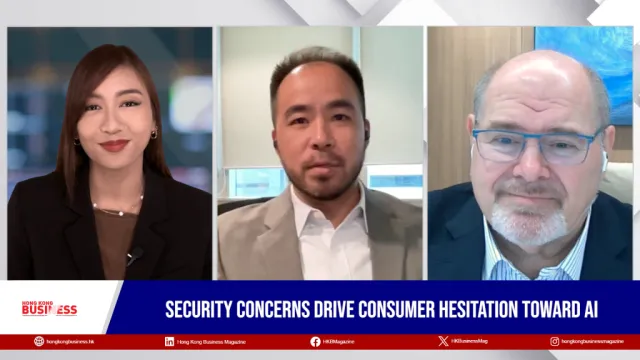2017: The advancement of interconnected business
By Alex TamIn 2011, Marc Andreesen, the well-known super angel investor, famously wrote an essay declaring that “software is eating the world and every company is a technology company.” His bold statement stirred heated debates but five years later, when seeing how technology has revolutionised the way people live and how businesses operate, it’s no longer a stretch to say that technology is underpinning every business.
In 2017, as enterprises place more focus on innovation and become increasingly data-driven, the Asia Pacific market is poised to embrace another year of hyper-growth, particularly in cloud computing, artificial intelligence, big data analytics, and data centre.
A recent Research & Markets report found that the Asia Pacific data centre colocation market generated revenue of $7,318.3m in 2015, and is expected to grow at a CAGR of 14.9% during 2016-2022. We expect the Hong Kong data centre market to follow this trend and focus its efforts on helping enterprises harness IT capabilities and succeed in digital transformation.
Having been in the ICT industry for more than 20 years, I could not think of a better time than today for almost every business and everyone from all walks of life to give much greater attention to the technology development. Looking ahead in the business world, there are a few key drivers that will push local businesses to break technological and operational boundaries this year:
1. The year of multi-cloud convergence and implementation
According to market forecasts, global cloud workload will more than triple from 2014 to 2019 and global data centre traffic will increase at a compound annual growth rate of 25% over the same period. We see similar momentum in Hong Kong as cloud adoption continues to mature to a stage where enterprises are now reliant on cloud infrastructure, particularly multi-cloud, hybrid-cloud models, to accelerate their business and support digital transformation.
Last year I made my 2016 predictions that multi-cloud environment is going to win new ground amongst enterprises, particularly finance. By the end of 2016, I’m glad to see it become a reality. Looking ahead, 2017 will be the tipping point when the convergence of multiple clouds across the enterprise – data, applications, infrastructure, and personal clouds – will fundamentally change the way people and businesses operate.
Companies will look for all-encompassing ecosystems that connect employees, customers, partners, vendors, and devices seamlessly whilst supporting the implementation of cloud-based applications across different functions and touchpoints. As a result, cloud service providers will be focussed on providing best-of-breed solutions and cloud architecture designed to tackle vendor lock-in issues and meet enterprise demands for digital transformation.
2. Age of interconnected commerce
As one of Asia’s leading financial hubs, Hong Kong has seen significant progress in the spaces of mobile payments and e-commerce during the past year. In 2017 we expect to see the rise of an interconnected commerce value chain, where the proprietary siloed approach, that has been the standard for payment services delivery, begins to fade away, opening doors for new technologies and business models at the intersection of commerce and payments.
Payment providers will need to create new opportunities for the integration of payments, commerce, data, and marketing, enabling new solutions and partnerships around the globe. However, to unlock the infinite potential of interconnected commerce, financial services providers will need to identify a central hub to manage this complex payment ecosystem.
Only the right central hub and standard protocols could create a world-changing network of commerce enablement that, linked with the payments infrastructure, could redefine global commerce for the 21st century.
3. Internet of Things (IoT) becomes a reality
"IoT" has long been a buzzword in the industry but in 2017 we expect to see it truly evolve from single vendor independent solutions to those that “talk to each other” leveraging the same data. Gartner estimates that the IoT will include 26b units installed by 2020, and by that time IoT product and service suppliers will generate incremental revenue exceeding $300b, mostly in services.
With the exponential amount of IoT devices and service providers in the market, the need for data centre capacity will grow by 750% over the next four years, according to IDC. We expect to see more and more IoT players joining in the robust IoT value chain, and the end-to-end service concept will take precedence and interconnection will become more important for access to networks and multiple clouds.
Having an interconnected IoT ecosystem to reduce latency and beef up performance will give enterprises an advantage, enabling them to not only ingest the data close to the source for real-time analytics, but co-locate with other IoT services providers, customers, and suppliers for direct, high-speed interconnections.
Going forward, the business objective will be to relieve pressure on corporate-centric networks by distributing traffic more broadly, as well as to better control the performance of streaming IoT information for more real-time business and operational insight.




















 Advertise
Advertise






